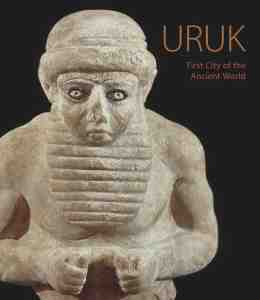 The remains of the city of Uruk lie today in a dusty, featureless desert, several kilometres east of the River Euphrates in southern Iraq. Five thousand years ago, however, it was surrounded by freshwater reed marshes, fertile alluvial soil, and waterways giving access to neighbouring towns and the Persian Gulf. Uruk was home to thousands of people whose lives were based on fishing and the herding of cattle, sheep and goats, together with the cultivation of wheat, barley, apples, figs, and groves of date palms. The city was the biggest of the settlements that had developed across a landscape of flood plains formed by branches of the Tigris and Euphrates in the southern half of what is often termed Mesopotamia.
The remains of the city of Uruk lie today in a dusty, featureless desert, several kilometres east of the River Euphrates in southern Iraq. Five thousand years ago, however, it was surrounded by freshwater reed marshes, fertile alluvial soil, and waterways giving access to neighbouring towns and the Persian Gulf. Uruk was home to thousands of people whose lives were based on fishing and the herding of cattle, sheep and goats, together with the cultivation of wheat, barley, apples, figs, and groves of date palms. The city was the biggest of the settlements that had developed across a landscape of flood plains formed by branches of the Tigris and Euphrates in the southern half of what is often termed Mesopotamia.
While other Mesopotamian cities, such as Babylon and Nineveh, were remembered through biblical and classical accounts, a single passing reference to Uruk in the Hebrew Bible (Genesis 10:10) meant that it never became embedded in the Western imagination. What this book explores in accessible detail, however, is a very real place, where the origins and dynamics of urban life and art can be discerned.
Many exceptional objects have been excavated at Uruk since German archaeologists began work there in 1912. Many of these appear in this lavishly illustrated volume, which has its origins in a book to accompany exhibitions at the Vorderasiatisches Museum in Berlin and the Reiss-Engelhorn Museum in Mannheim celebrating a century of excavations. It has now been translated into English with 66 short essays edited by Timothy Potts, the director of the J. Paul Getty Museum. Like the excavated city itself, layers of often complex, overlapping information are revealed in its chapters; but these surveys and focused studies are all linked by representations of a divinely ordered world and the rituals and bureaucracy that sustained life in the city from the fourth millennium BC to the fourth century AD, when Uruk was abandoned to the desert as the rivers shifted course.
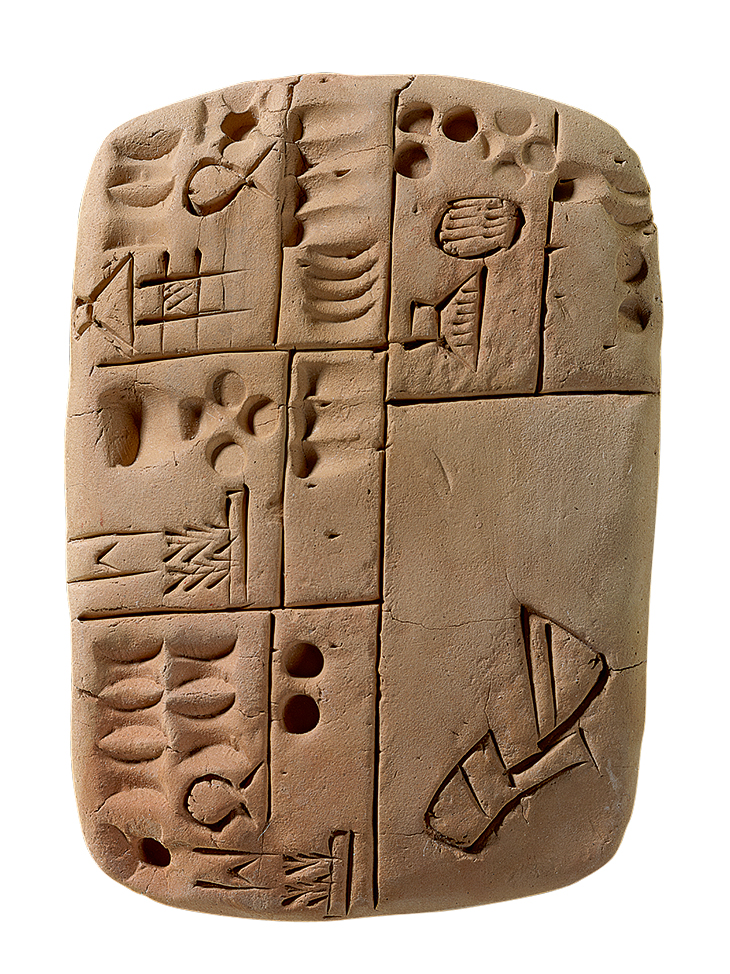
Tablet bearing accounts in writing stage Uruk III, (Jemdet Nasr period end of the fourth millennium BC), Uruk Iraq. Erlenmeyer Collection, Berlin Photo: Olaf M. Tessmer; © Staatliche Museen zu Berlin, Vorderasiatisches Museum, Berlin
Only a small percentage of Uruk has been excavated, much in the form of monumental mud-brick architecture. Some of the most elaborate structures date to around 3500–3000 BC, when their exterior walls were decorated with mosaics formed from tens of thousands of small baked clay cones, the pointed ends pushed into the wall leaving visible the blunt ends painted in a range of colours. Small, sensitively carved limestone and clay sculptures of cattle and sheep found inside these buildings may represent sacred animals or offerings to the gods. Whether the gods themselves are represented is unclear but there were certainly new ways of depicting humans. The most significant figure seems to have been the so-called priest-king (on the book’s cover). He is sculpted in the round and in relief, and distinguished by a rolled headband, rounded beard and a knee-length skirt. The priest-king leads rituals, takes part in wild animal hunts and punishes bound humans. He also appears on the so-called Uruk Vase. This remarkable alabaster vessel is carved in shallow relief with a series of encircling registers. The imagery can be understood as a representation of cosmic order which, from bottom to top, ascends from water that sustains cultivated plants and domesticated animals, through a procession of naked (and thus pure or subservient) men carrying vessels loaded with produce, and culminating in the uppermost register where the priest-king makes a presentation with the help of an intermediary to a female. She stands, raising her clenched fist, before two poles with loop and streamer. These poles are symbols associated with Inanna (later known as Ishtar), the patron goddess of Uruk – perhaps it is she or her priestess who is represented here.
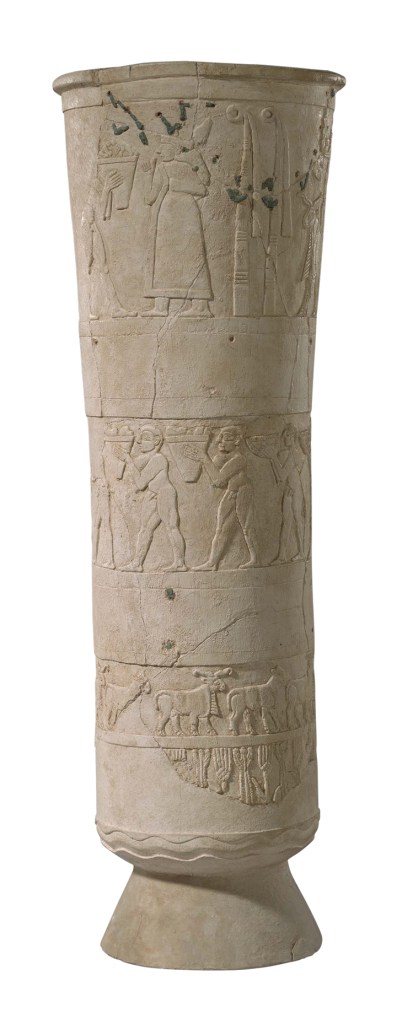
Cast of the ‘Uruk Vase’ (late Uruk period second half of the fourth millennium BC), Uruk, Iraq. Vorderasiatisches Museum, Berlin (alabaster original in the Iraq Museum, Baghdad). Photo: Olaf M. Tessmer; © Staatliche Museen zu Berlin, Vorderasiatisches Museum, Berlin
In Mesopotamian tradition Uruk was associated with a semi-divine hero-king called Gilgamesh. His adventures are represented in both clay and stone sculptures, as well as in a series of written stories that during the second millennium BC were transformed into one of the masterpieces of world literature. It is this ability to preserve memory and imagination through writing which can be traced to Uruk, and this is perhaps the city’s greatest legacy. The most significant finds are surely the hundreds of small, sun-dried clay tablets incised with signs that represent the forerunners of writing as we know it. Around 3400 BC a sophisticated bureaucracy with specialist scribes developed. The tablets record economic matters including the management – often in large numbers – of workers, land, animals, and agricultural produce. The earliest script is largely pictographic and is another way of ordering the universe through visual representation. Unlike in Egypt, however, the signs inscribed in Mesopotamian clay become increasingly abstracted and wedge-like or cuneiform; by 2600 BC scribes were using them to record poetry and literature in Sumerian.
There is much here for the non-specialist, and no doubt many of the objects illustrated will be a source of astonishment and delight. At a time when Iraq’s heritage continues to be under threat after decades of sanctions, occupation and conflict, it is especially important that the achievements of this region are understood and celebrated. It is, however, unfortunate that only a few photographs of objects in the Iraq Museum are included; the Uruk Vase is shown as a plaster cast and the majority of other pieces derive from collections scattered around the world, especially those in Germany acquired through the practice of dividing finds between Iraq and foreign excavators that existed until 1969. Although the exhibition organisers were unable to borrow items from Iraq itself, it is surprising not to find some essays by Iraqi scholars. A local ownership of Iraq’s past will be essential if its heritage is to be safeguarded, so that archaeologists, art historians and philologists can reveal an ever-greater understanding of one of the most important places in history.
Uruk: First City of the Ancient World by Nicola Crüsemann, Margarete van Ess, Markus Hilgert and Beate Salje (eds.); Timothy Potts (ed. English-language edition) is published by Getty Publications.
From the February 2020 issue of Apollo. Preview and subscribe here.
Unlimited access from just $16 every 3 months
Subscribe to get unlimited and exclusive access to the top art stories, interviews and exhibition reviews.

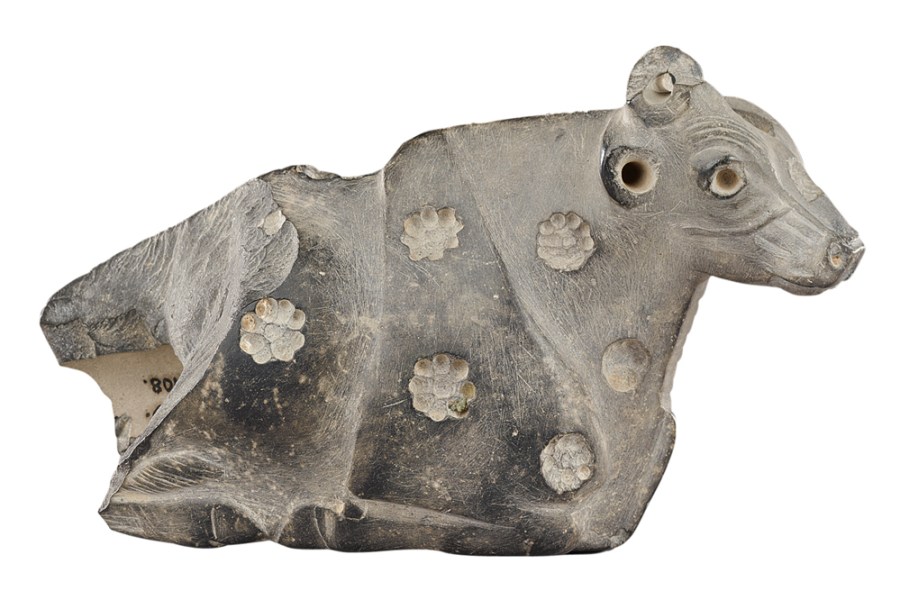
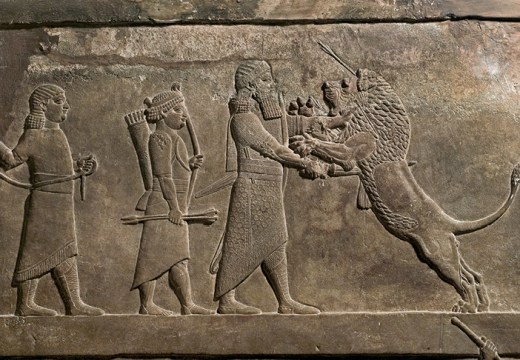
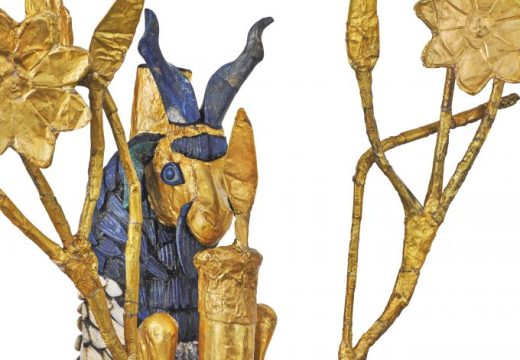
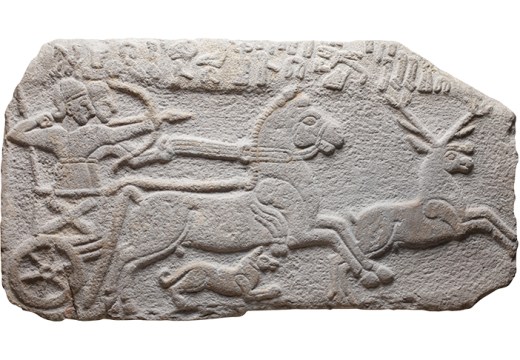









![Masterpiece [Re]discovery 2022. Photo: Ben Fisher Photography, courtesy of Masterpiece London](http://www.apollo-magazine.com/wp-content/uploads/2022/07/MPL2022_4263.jpg)
Has the Fitzwilliam got its rehang right?